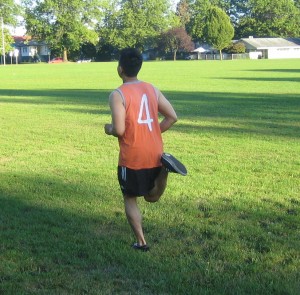It is a known fact that poison ivy can trigger an allergic reaction or develop rash upon contact with the skin. Urushiol is the oil in poison ivy especially in the leaves that is responsible for causing the rashes and allergic reaction in highly sensitive individuals. Luckily, baking soda is one of the commonly used and readily available treatment options that can provide relief from the annoying symptoms of the poison ivy rash. As part of wilderness first aid training, you will learn how to handle rashes caused by exposure to the plant.
What are the symptoms?
The symptoms of poison ivy rash will develop 1-2 days after being exposed to the plant while outdoors in the wilderness. The symptoms typically include itchiness, redness, swelling and formation of blisters. The extent of the symptoms will depend on the level of contact with the plant or with personal items that were exposed to urushiol. If the clothing came in contact with poison ivy, he/she can develop a rash not only with direct exposure to the plant, but also on parts of the body that also came in contact with the clothing.

Uses of baking soda
Baking soda or sodium bicarbonate is a chemical compound that has various uses for both home and personal care. It can be utilized as an antacid, refrigerator freshener, odor absorber for pet bedding and cleaning up oil spills from vehicles. Baking soda is also used in treating symptoms associated to poison oak, poison ivy and poison sumac.
How to use baking soda in a bath
Once an individual develops the distinctive symptoms of poison ivy exposure, they can last for about three weeks. During this period, you can help relieve the itchiness experienced by the individual. All you have to do is to instruct the individual to take a warm bath that has been added with a cup of baking soda. The individual should completely soak in the bath for about 20 minutes up to half an hour for relief.
Using baking soda pasta
Baking soda in paste form is commonly used in treating poison ivy exposure. All you have to do is to create a paste using three parts of baking soda and one part water that is applied directly on the affected skin. Make sure that you will allow the paste to completely dry and do not immediately remove the leftover powder. This will help reduce the symptoms of swelling and itchiness.
Using a baking soda compress
In some cases, you can also utilize baking soda on a compress. Simply soak a face cloth or towel made out gentle fibers in water. Dip the cloth in baking soda and place over the affected area to help provide immediate relief to the symptoms of poison ivy exposure.
When spending time outdoors whether hiking or camping, it is important that you know how to distinguish the poison ivy plant in order to prevent contact.
